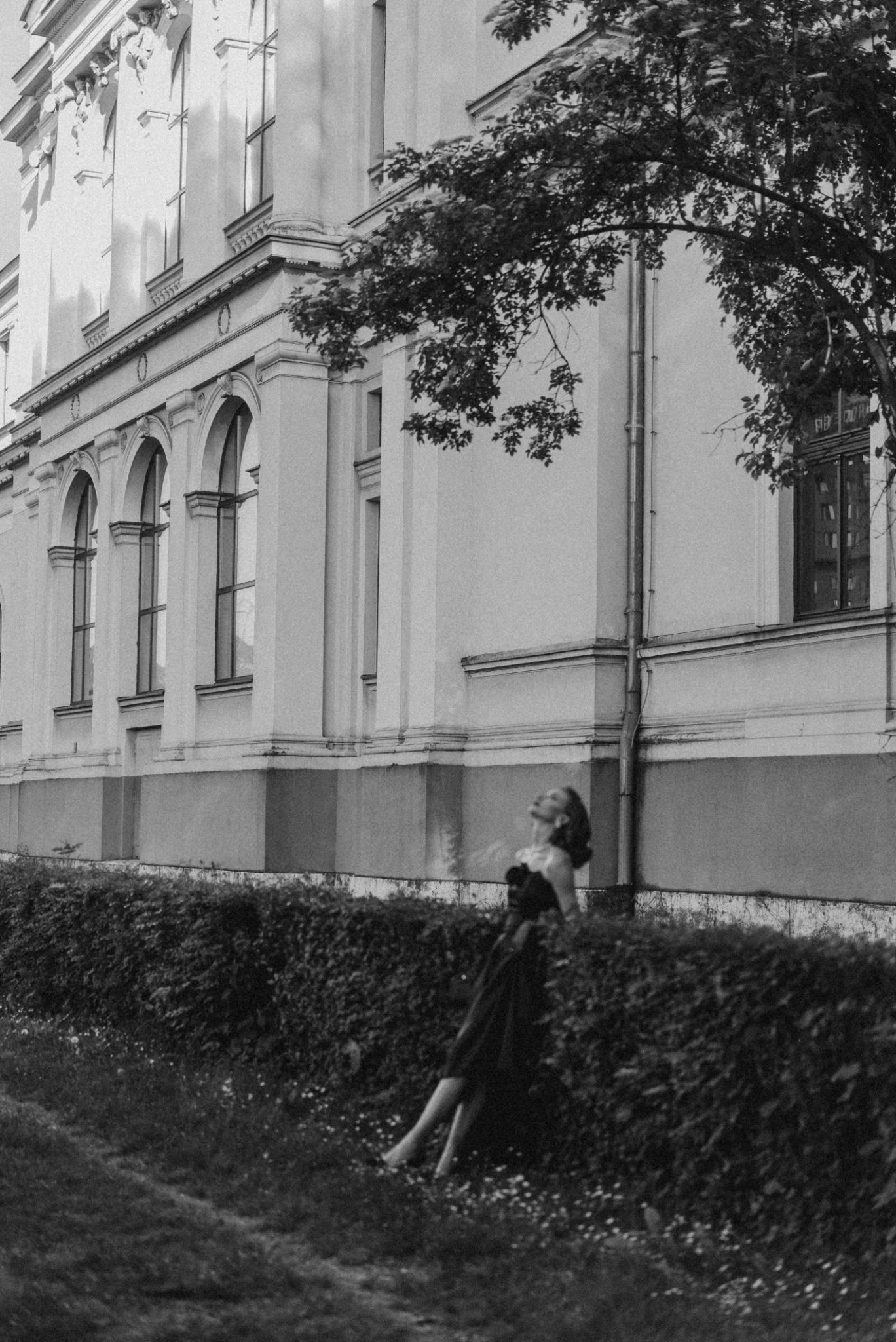Exploring the Rich History of Pigmenti Cosmetici in Italy
The Origins of Pigmenti Cosmetici in Italy
The story of pigmenti cosmetici in Italy is as vibrant and varied as the colors themselves. From the ancient Romans to the Renaissance masters, the use of pigments has been an integral part of Italian culture. The fascination with color can be traced back to when natural resources were discovered and used to create stunning visuals in art and cosmetics.
Italy's rich deposits of mineral resources provided a plethora of raw materials for pigment production. The ancient Romans used ochres, hematite, and malachite to craft their cosmetics, making them pioneers in the world of beauty. These natural pigments were not only used for aesthetic purposes but also held cultural significance, symbolizing status and ritualistic traditions.

Renaissance Innovations and Developments
The Renaissance period marked a significant evolution in the use of pigmenti cosmetici. During this era, Italy was at the forefront of art and innovation, with cities like Florence and Venice becoming epicenters for artists and alchemists. New techniques were developed to refine pigments, enhancing their vibrancy and durability.
Artists like Leonardo da Vinci and Michelangelo played crucial roles in advancing pigment technology. Their demand for richer colors led to innovations that filtered down into cosmetics. The development of synthetic pigments like ultramarine blue and vermilion revolutionized the palette available to both artists and cosmetic artisans.
Trade Routes and Global Influence
Italy's strategic position as a trade hub allowed it to import exotic pigments from around the world. This exchange of goods brought vibrant colors such as cochineal red from the Americas and indigo from India into Italian markets. These new hues were eagerly incorporated into cosmetics, expanding the range of colors available.
The global trade not only expanded Italy's pigment repertoire but also set trends in beauty standards across Europe. Italian cosmetics became synonymous with elegance and sophistication, influencing styles beyond its borders.

Modern-Day Mastery and Sustainability
Today, Italy continues to be a leader in the cosmetic industry, blending traditional techniques with modern innovations. The commitment to quality remains a hallmark of Italian pigmenti cosmetici, with brands emphasizing natural ingredients and sustainable practices.
As consumers become more conscious of environmental impacts, Italian companies are pioneering eco-friendly alternatives. This includes sourcing sustainable raw materials and developing biodegradable packaging, ensuring that the legacy of Italian pigments continues responsibly.
Cultural Heritage and Tourism
The legacy of pigmenti cosmetici is celebrated across Italy, attracting tourists eager to explore its history. Museums such as the Museo Civico di Arte Antica in Turin showcase ancient cosmetics and their uses, offering insights into the past.
Visitors can experience firsthand the traditional methods still employed by artisans in regions like Tuscany and Umbria, where workshops offer immersive experiences in pigment production. This cultural heritage continues to captivate those interested in the intersection of art, history, and beauty.

The Timelessness of Italian Pigments
The story of pigmenti cosmetici in Italy is one of enduring appeal and innovation. From ancient times to modern-day practices, these pigments have colored not only the faces of individuals but also the tapestry of Italian history itself. As Italy continues to evolve its approaches while honoring its past, the world remains enchanted by its colorful legacy.
